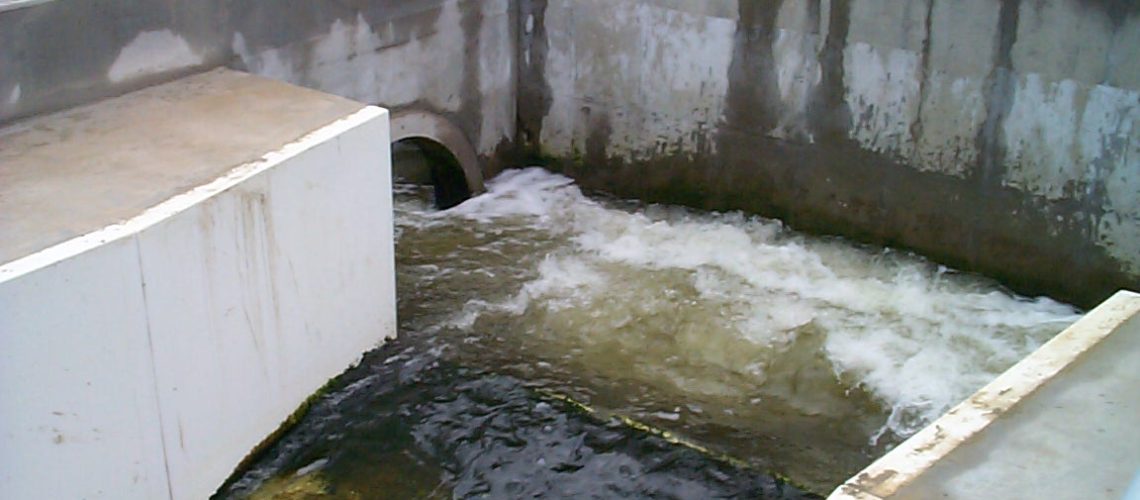While you’ll find plenty of potential problems that can compromise your flow rate measurements, foam is one of the most common and troublesome. Surface foam is a serious headache for your measurement efforts, but there are ways to account for the changes it causes in your flow channel. Learn everything you need to know about foam, and discover how to counteract it in your flume or weir box.
Foam Types
You’ll find two types of foam that can develop in your flow channel. The first type is chemical foam. This foam is what you probably imagine when you think of foam, as it’s white, fluffy and easily collapsible if prodded. It develops due to the composition of the water in the flow consisting of chemicals that cause foam to form before the flow gets to the point of measurement.
The second type is biological foam. This is typically more brownish in color and is sticky and slimy in texture. For the most part, this kind of foam is caused by a buildup of fat, oil and/or grease in the flow channel, though general hydrocarbons can cause this kind of foaming as well. These foams can also form from proteins and starches, so they may be prevalent in runoff from a bakery, for example.
Foam Problems
Foam may be an eyesore, but the worst part is that it throws off your flow rate measurement efforts. This is especially true if you’re using ultrasonic flow meters. These kinds of flow meters work by expelling a sonic pulse toward the surface of the flow and counting how long it takes for the echo of the sound to return to the meter.
If you have foam on the surface, the sonic pulse from the meter won’t travel down to the surface of the flow itself. It’ll only reach the highest point of the foam. This will throw off your measurements significantly, so using an ultrasonic flow meter would essentially be useless. While you could switch to a submerged probe or a bubbler to counteract the foam, these come with their own set of problems including vulnerability to biological growth.
Fighting Foam
The best way to counteract foam largely depends on what kind of foam you’re dealing with. Fortunately, chemical foam is relatively easy to get rid of. All you have to do is apply anti-foaming agents to the flow. This is typically done at the foam generating spot, but it can be better in some situations to apply it earlier upstream to prevent foam from forming at all.
When you’re dealing with biological foams, the solutions are a bit more complicated. You could install a stilling well to draw in the foam while the rest of the flow continues to the point of measurement. Just make sure flow covers the inlet of the stilling well. Alternatively, you could utilize an underflow baffle in a weir box to hold up the foam while allowing the rest of the flow to come through.
Foam Solutions From Tracom
With everything you need to know about foam in mind, it’s time to make sure your flume or weir box is foam-proof. That’s where Tracom can help. Whether you’re looking for a new wastewater measurement solution or need to upgrade one you already have, our team can help you get everything you need for accurate measurements. Contact us today to get started!


